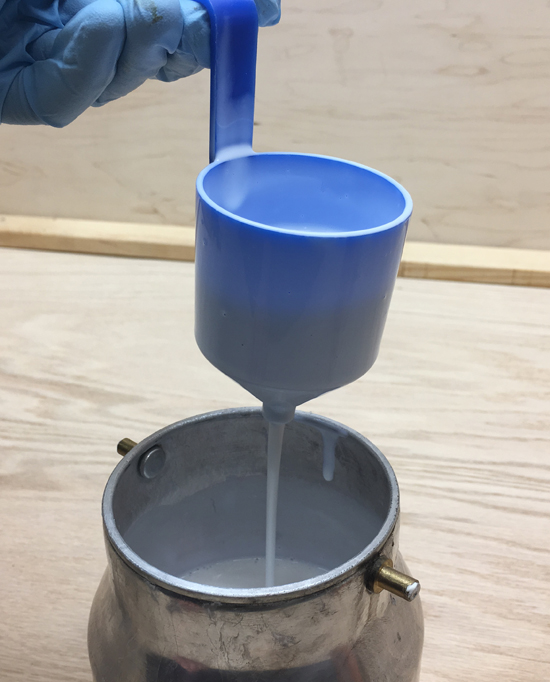

But the solids content also plays a role. too viscous, the nozzle will immediately clog and work will be impossible.

If the sprayed material is too thick, i.e. The viscosity of the material and the solids content are important when selecting the bore, i.e. If the paint is too liquid after dilution, add undiluted paint to your mixture.
Paint viscosity meaning full#
As a result, the paint data sheet is full of useful information about the thickness of a material and its sprayability. We can’t stress this enough, but every paint manufacturer knows their products best. There are several parameters to consider when setting up your spray gun. A little more information about the viscosity meter can be found in the following video. Usually the paint gun or viscometer comes with a viscosity measurement chart.
Paint viscosity meaning manual#
Refer to your gun’s instruction manual after the test to see if your machine can handle the viscosity level of the paint you are about to use. Fill the cup to the brim and then count the number of seconds until it empties completely. Simply fill the cup with paint or dip it into the paint can and measure the flow time to make the adjustment. The principle is to measure the flow time of the paint ready to use. Basically, the more the viscosity of the material increases, the more the capacity of the fluid to flow easily will decrease. The viscosity of a paint is measured with the viscometer, which takes this friction into account. Some spray guns or paint turbines come with a viscosity tester in the shape of a cup: this small tool is called a viscometer. The ease of application of a paint therefore depends on its viscosity, which we will develop in the next paragraphs. According to Wikipedia, “As viscosity increases, and the fluid’s ability to flow easily decreases, so does the energy dissipated by the flow.” The viscosity of a material can be defined by its consistency according to its flow velocity.
Paint viscosity meaning how to#
We summarize for you here the main information concerning the viscosity of the paint, how to measure it and the settings for an optimal use of your paint station. If you work with a sprayer, it is preferable to know the thickness of the paint used to avoid certain inconveniences. Each paint, depending on the materials used, has its own viscosity.


 0 kommentar(er)
0 kommentar(er)
